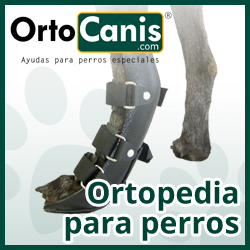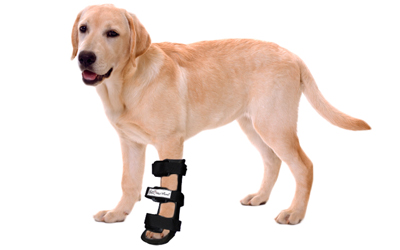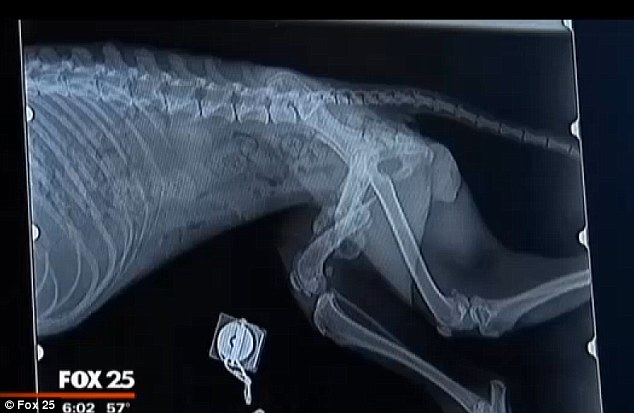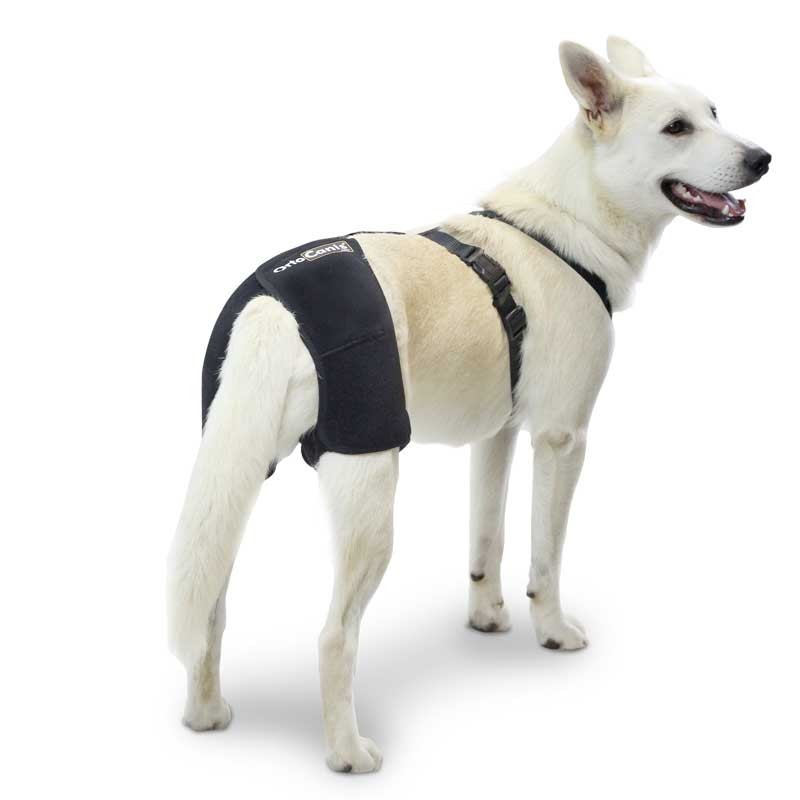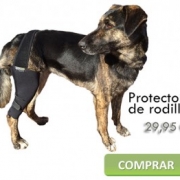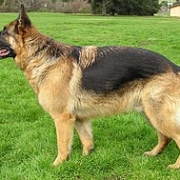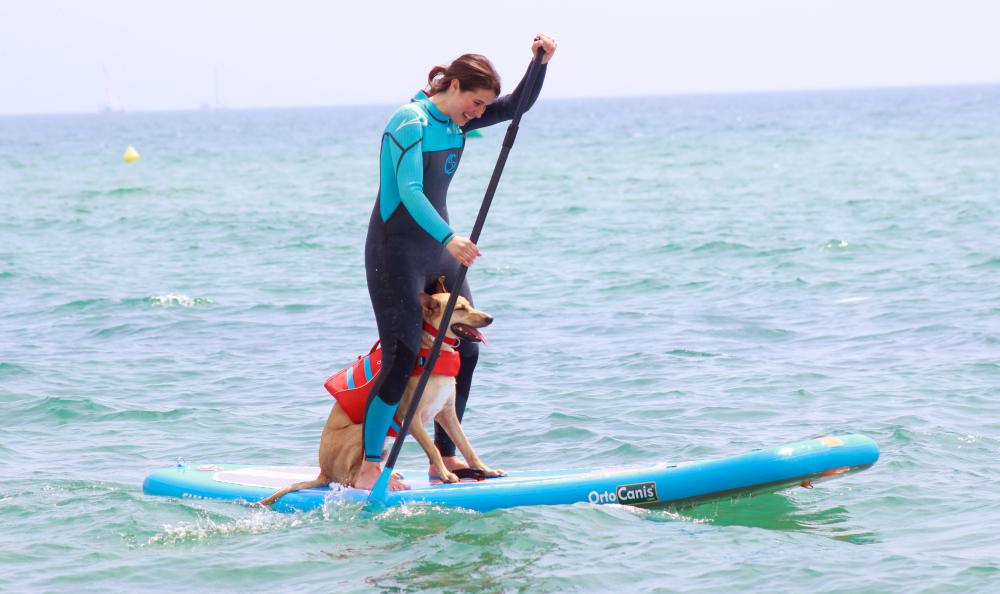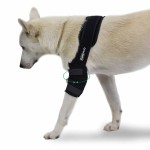How to use canine splints
How to use canine splints
Canine splints are the new contribution to the treatment of lesions in the distal limbs of dogs.
Splints are useful both in neurological problems, where they position the dog’s foot or hand well; as in traumatological problems where they support and immobilize.
Before using a splint it is important that we make sure that the size is correct, a small splint would compress too much and a very wide one would dance and not give a good support, being able to generate chafing. Splints can be trimmed in some cases where necessary but the angle of the natural position of the limb should not be modified.
Splint placement
The first few times the splint is placed, it is better to have the help of another person who holds or distracts the dog.
We can put the splint of the anterior limb with the dog sitting or with the dog in station (standing with all four limbs on the ground; it is not advisable to put the splint with the dog lying down neither in lateral decubitus nor in ventral decubitus.
The splints of the posterior ones should be placed with the dog in season.
Of course, the dog’s skin should be clean and dry, it is very important that the hair is dry since otherwise it can cause skin irritations, redness or small ulcers.
It is advisable to put a tubular bandage or a cohesive elastic bandage around the dog’s paw. The function of this bandage is to increase comfort, it should not be too tight and will make the dog tolerate the splint better.
The splint is placed on the back of the forelimb leaving the Velcro straps on the front, first place the dog’s pads on the bottom of the splint, leaving the fingers relaxed, these should protrude from the splint.
Once put in situation, the protectors of the front of the straps will have to be right in the middle of the front of the dog’s leg for greater comfort. Adjust the lower Velcro first making sure that the dog’s leg is fully adjusted to the splint, then adjust the middle strap and finally the upper one.
Unless instructed by your veterinarian should not wear the splint throughout the day, normally at night the dog can sleep without it, and during the day we will put it on especially in the moments of more exercise. In certain neurological problems or after fissures or fractures, according to the advice of your veterinarian, it may be indicated to wear it permanently. In the latter case we must regularly monitor the skin of the animal.
Its use is solving cases in which traditional immobilization had failed and many animals can regain their mobility thanks to the invention. We hope that in the future it will help many more dogs.
Orthocanis Team

